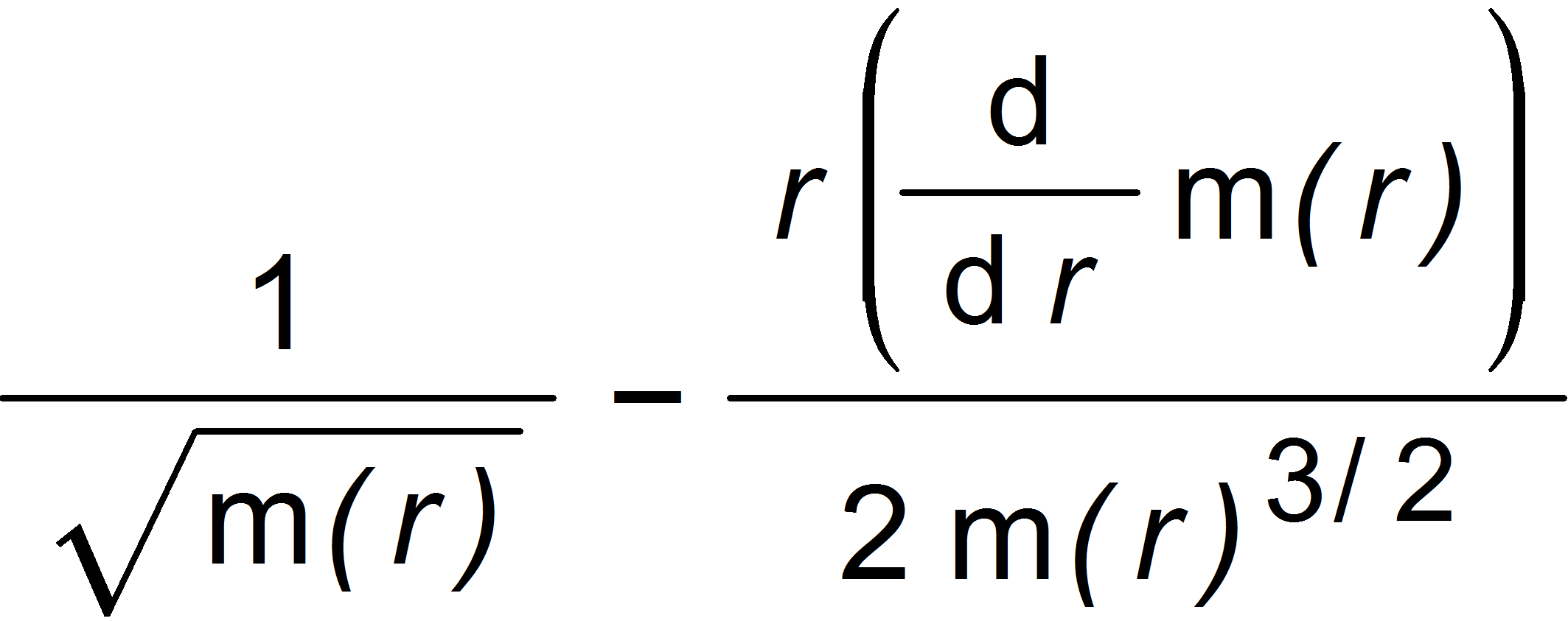Note 434(2): The de Broglie Wave Particle Dualism in m Space
Thanks for going through this, and agreed. In subsequent papers UFT415 to UFT433 to date the procedure worked very well, producing many new results. So now it is being applied to the fundamental Planck / de Broglie quantization, and de Broglie / Einstein equations, producing a completely new quantum mechanics in any context. Essentially the algebra is y = x / f(x), where y = r1, x = r, f(x) = m(r) power half. Viewed in this way, the procedure is clear. The result is dy / dx = (f(x) – x f'(x)) / (f(x)) squared, where f'(x) = df(x) / dx. Finally substitute y = r1; x = r; f(x) = (m(r)) power half. The important result is that the foundations of quantum mechanics are changed completely by working in a space in which m(r) is not one. It would be interesting to work out the usual problems of elementary quantum mechanics with Schroedinger quantization in m space: linear motion, particle on a ring, particle on a sphere, H atom. Quantization in any context is changed completely in an m space defined by any m(r). So some numerical examples would be full of interest. Thanks in anticipation.
Note 434(2): The de Broglie Wave Particle Dualism in m Space
OK, in UFT417, Eq.(16), we took the inverse of dr1/dr to obtain dr/dr1. The direct evaluation gives an endless recursion and the result is unclear. The calculation should be correct.
Horst
Am 17.03.2019 um 10:15 schrieb Myron Evans:
Thanks to Gareth Evans and Horst Eckart for checking this note. Here is Note 434(1). Concerning the calculation of dr1 / dr, it is carried out in exactly the same way as in UFT417, Eq. (16). You checked this result with computer algebra. It is of the type y = x / f(x), so dy/dx = (f(x) – xf'(x)) / f(x) squared. This gives the result that p = h bar kappa develops new structure in m space. The next step is to repeat this calculation for E = h bar omega.
On Sat, Mar 16, 2019 at 6:36 PM Horst Eckardt <mail> wrote:
PS: where is note 434(1) ?
Horst
Am 16.03.2019 um 13:18 schrieb Myron Evans:
Note 434(2): The de Broglie Wave Particle Dualism in m Space
This note shows that the fundamental equation of de Broglie wave particle dualism, p = h bar kappa is changed completely in m space and takes on a rich structure made of momenta eigenvalues, each corresponding to an elementary particle. Under condition (26) the momenta become infinite. In general physics in my space is a much richer subject than in flat space (m(r) = 1). Schroedinger quantization in m space is changed fundamentally to Eq. (10). Similar considerations will apply to rotational physics, introducing a new subject of m space quantum mechanics and m space particle physics. Time in m space is changed from t to (m(r) power half) t, so Planck quantization E = h bar omega will also be affected.
